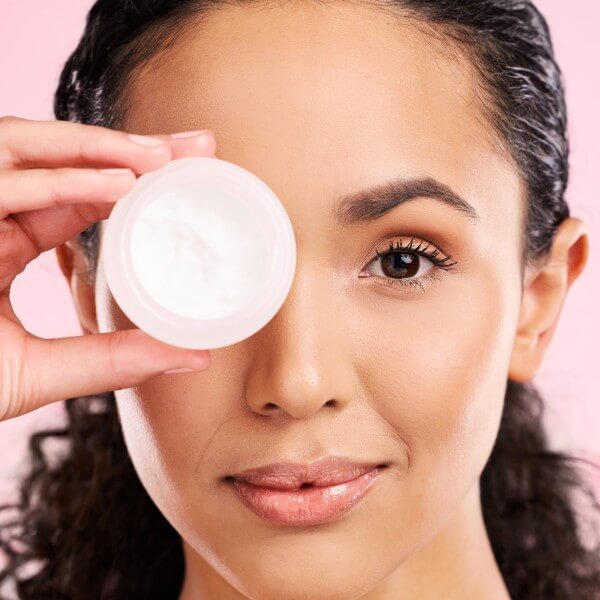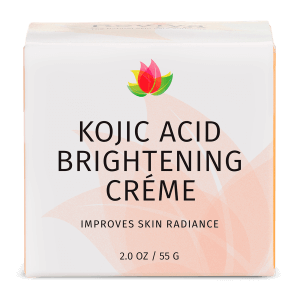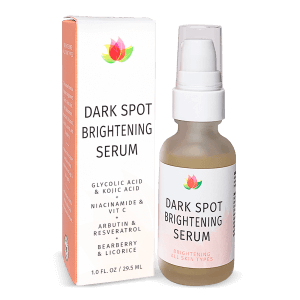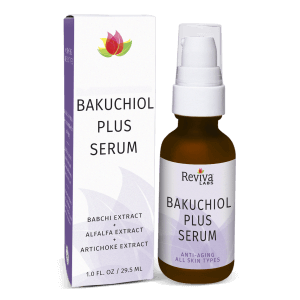Ingredients, Reviva Labs, Skin Care
When to Use Tranexamic Acid in Skincare
Tranexamic acid, a synthetic derivative of the amino acid lysine, is gaining popularity in the skincare industry. Traditionally used to control bleeding, its application in dermatology is relatively new but promising. As with any skincare ingredient, understanding when and how to use tranexamic acid can maximize its benefits.
Tranexamic Acid and Hyperpigmentation
Hyperpigmentation, a common skin concern, manifests as dark spots or patches due to excess melanin production. Tranexamic acid has shown efficacy in treating this condition. It works by inhibiting the interaction between melanocytes and keratinocytes, which are responsible for melanin production and transfer. This mechanism makes tranexamic acid particularly useful for melasma, a chronic form of hyperpigmentation often triggered by hormonal changes.
One of the most significant advantages of tranexamic acid is its safety profile. Unlike other treatments for hyperpigmentation, such as hydroquinone, tranexamic acid is less likely to cause irritation or adverse reactions. This makes it suitable for individuals with sensitive skin or those who have not responded well to other treatments. It can be used both topically and orally, providing flexibility in addressing various degrees of pigmentation issues.
Using Tranexamic Acid in Anti-Aging Regimens
Aging skin often exhibits uneven tone and texture, alongside fine lines and wrinkles. Tranexamic acid can play a role in anti-aging skincare by promoting a more even complexion. Its ability to lighten dark spots and reduce redness contributes to a youthful and radiant appearance. Incorporating tranexamic acid into an anti-aging regimen can complement other active ingredients like retinoids and peptides.
Consistency is key when using tranexamic acid for anti-aging. Results may take several weeks to become noticeable, but regular application can lead to significant improvements. This ingredient is best used as part of a well-rounded skincare routine, including moisturizers and sunscreens to protect the skin and enhance overall efficacy.
Combining Tranexamic Acid with Other Ingredients
Skincare enthusiasts often seek to combine active ingredients to maximize benefits. Tranexamic acid pairs well with several other compounds, enhancing its effects. For instance, when used with vitamin C, it can boost skin brightening and reduce hyperpigmentation more effectively. Similarly, combining it with niacinamide can enhance skin barrier function and further improve skin tone.
However, it’s important to introduce new ingredients gradually to monitor the skin’s response. Some individuals may experience sensitivity when combining multiple actives. Consulting with a dermatologist can provide personalized advice on creating an effective and safe skincare regimen.
Tranexamic Acid for Acne and Post-Inflammatory Hyperpigmentation
Acne sufferers often deal with post-inflammatory hyperpigmentation (PIH), where dark spots linger after pimples heal. Tranexamic acid can help fade these marks, promoting a clearer complexion. Its anti-inflammatory properties also make it suitable for reducing redness associated with acne.
When using tranexamic acid for PIH, patience is crucial. The fading process can be slow, but with consistent use, significant improvements can be seen. It’s also essential to continue using sun protection, as UV exposure can exacerbate hyperpigmentation and hinder the progress made with tranexamic acid treatments.
Safety and Side Effects
Tranexamic acid is generally well-tolerated, but like any skincare ingredient, it can cause side effects in some individuals. Common side effects include mild irritation, redness, or dryness. To minimize these risks, it’s advisable to start with a lower concentration and gradually increase as the skin builds tolerance.
Individuals with a history of allergies or sensitive skin should conduct a patch test before incorporating tranexamic acid into their routine. Applying a small amount to a discreet area and monitoring for any adverse reactions can prevent potential issues. If severe irritation or allergic reactions occur, discontinuing use and consulting a dermatologist is recommended.
Clinical Studies and Efficacy
The efficacy of tranexamic acid in treating hyperpigmentation is supported by clinical studies. A study published in the Journal of Cosmetic Dermatology found that topical tranexamic acid significantly reduced melasma severity after 12 weeks of use. Participants reported an improvement in skin tone and a reduction in dark spots, highlighting the ingredient’s potential as a non-invasive treatment option.
Additionally, another study in the Journal of Drugs in Dermatology observed that a combination of tranexamic acid and other skin-lightening agents was effective in treating PIH and melasma. The findings suggest that tranexamic acid can be a valuable addition to combination therapies, enhancing their overall effectiveness.
Incorporating Tranexamic Acid into Your Routine
Introducing tranexamic acid into a skincare routine can be straightforward. It is available in various formulations, including serums, creams, and masks. For best results, it should be applied to clean, dry skin. Following up with a moisturizer and sunscreen is essential to protect the skin and enhance the effects of tranexamic acid.
Using tranexamic acid once or twice daily can yield optimal results. However, individuals with sensitive skin may prefer to start with less frequent applications to gauge tolerance. Over time, as the skin adapts, the frequency can be increased.
Cost and Accessibility
Tranexamic acid is accessible and affordable compared to other skincare treatments. Its availability in over-the-counter products allows for easy integration into existing skincare routines. The cost varies depending on the formulation and brand, but there are options to suit different budgets without compromising efficacy.
Its cost-effectiveness makes tranexamic acid an attractive option for those seeking to address hyperpigmentation and improve skin tone without resorting to more expensive or invasive treatments. Regular use can lead to noticeable improvements, offering a practical solution for long-term skin health.
Tranexamic Acid in Skincare: A Guide
Tranexamic acid has emerged as a versatile and effective ingredient in skincare, particularly for treating hyperpigmentation and promoting an even skin tone. Its safety profile and compatibility with other skincare ingredients make it a valuable addition to any routine. Whether addressing melasma, PIH, or general skin aging concerns, tranexamic acid offers a promising solution.
Understanding how and when to use tranexamic acid can maximize its benefits, helping individuals achieve clearer, brighter, and more youthful-looking skin. By incorporating this ingredient into a well-rounded skincare regimen, users can enjoy its transformative effects over time.











